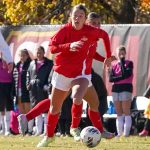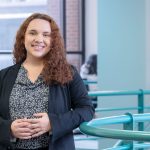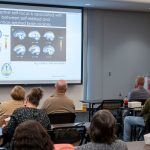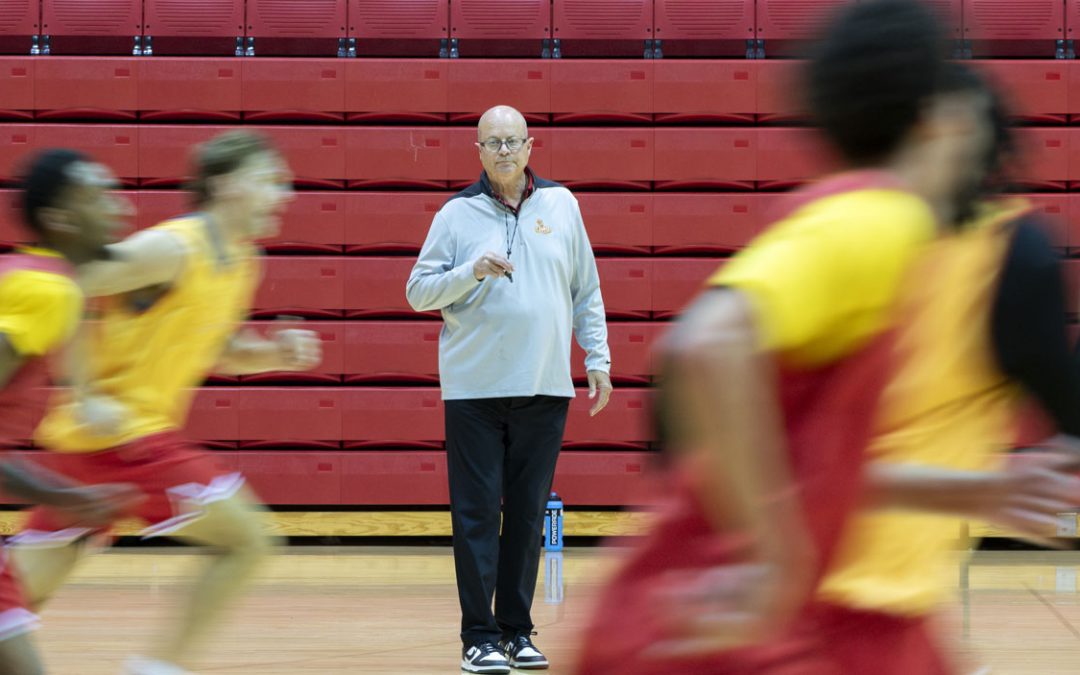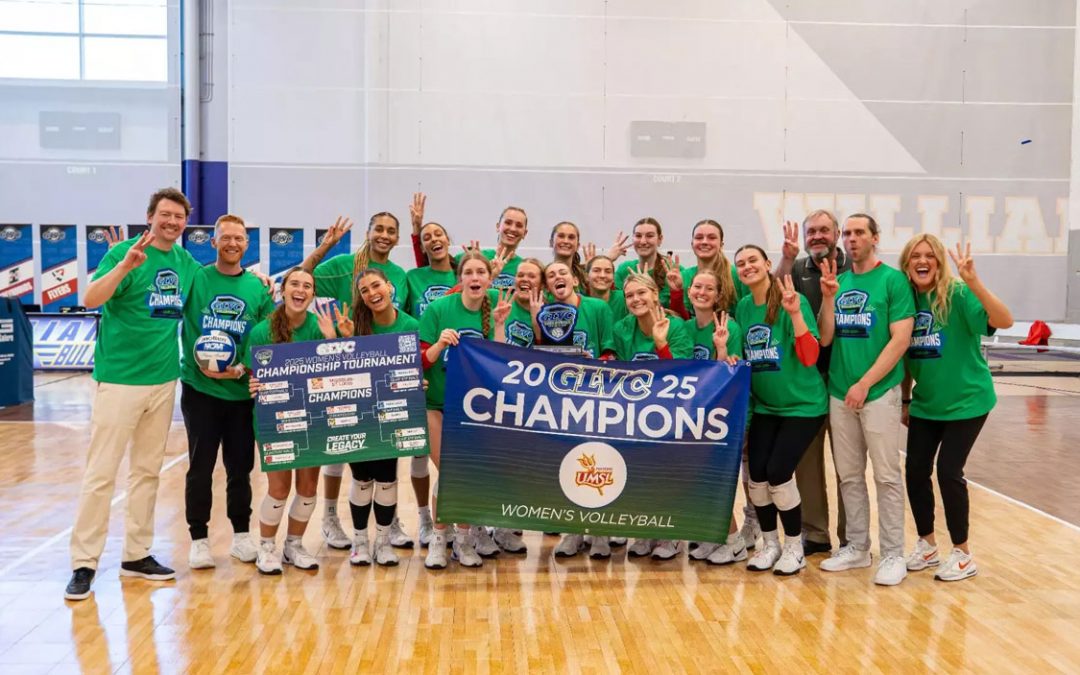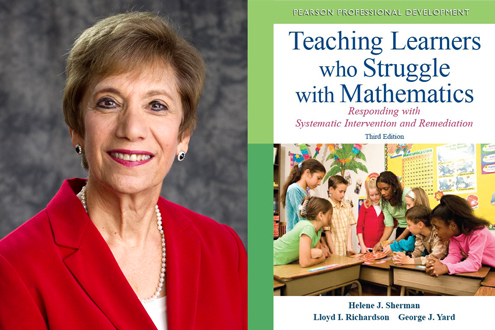
Helene J. Sherman is the co-author of the recently released third edition of “Teaching Learners Who Struggle with Mathematics: Responding With Systematic Intervention and Remediation.” The book, co-authored by Lloyd I. Richardson and George J. Yard, is published by Pearson Education, Inc.
Helene J. Sherman is no stranger to the struggles faced by students in math. As an educator, she’s seen the challenges firsthand in the classroom as she taught elementary and middle school for years.
Sherman, professor of education and associate dean for Community and School Partnerships in the College of Education at the University of Missouri-St. Louis, is the co-author of the recently released third edition of “Teaching Learners Who Struggle with Mathematics: Responding With Systematic Intervention and Remediation.” The book, co-authored by Lloyd I. Richardson and George J. Yard, is published by Pearson Education, Inc. Richardson is a Curators’ Teaching Professor in Education at UMSL.
“Students learn differently but all students can learn mathematics successfully to the best of their ability in the context of the patterns, beauty and relevancy of the subject matter,” Sherman said. “Few people would readily admit they ‘can’t do reading.’ We strive to provide an education in which individuals do not publicly state they are ‘not a math person.’ We are all mathematics people, each and every day.”
UMSL Daily recently caught up with Sherman to talk about her new book.
What is the main focus of “Teaching Learners Who Struggle with Mathematics?”
The book’s main focus is to provide instructional strategies that meet the learning needs of students who underachieve in mathematics. Most learners struggle at some point during mathematics instruction. The book features chapters on whole numbers, fractions, decimals, time and money as well as problem solving. It includes typical student error patterns and based on those patterns of misunderstanding or lack of procedures, specific recommendations for prescribing and delivering instruction. Readers are directed to think of all the variables that affect learning, such as students’ behavior patterns, preferences for feedback and classroom climates so that contributing factors are considered when designing effective teaching strategies. “Teaching Learners Who Struggle with Mathematics” is based on the premise that when teachers and parents focus on how their students learn best, rather than repeatedly offering the same or very similar instructional methods and materials, which are clearly not supporting student learning, progress can be made. We present a systematic, three-step data-based approach to assess students’ math strengths and weaknesses and plan instruction accordingly, allowing instructors and parents to meet students’ individual academic, social and emotional needs.
When and how was the data collected?
We have been collecting data by visiting area classrooms, interviewing teachers and students and collecting actual samples of student work for about 12 years, beginning with the first edition of the book.
What are the biggest misconceptions teachers and parents have about teaching students who struggle with mathematics?
Three common misconceptions are held by instructors and parents when learners struggle, or even when they don’t. Many people believe that someone is inherently “either good or bad at math.” People think that understanding and using math accurately is a fixed “talent” or ability that can hardly be improved upon with study or perseverance. It is believed that either one “has it or one doesn’t.” This misconception is most often held by those who believe that they “were never good at math” and that situation is unchangeable. Next, some instructors and parents mistakenly believe that mathematics thinking and abilities are inherited and so if one’s mother or father struggled with math, then one is most likely to do the same. Clearly, if parents and teachers hold these beliefs, they do not foresee students improving in mathematics because the success or non achievement fixed; there is little chance of making great changes. The third misconception is that math is “hard and not related to everyday life.” People don’t often see a use for mathematics beyond arithmetic and so don’t encourage students to stretch their understanding and skill level beyond fundamental skills, often by not trying to solve or teach problems that seem difficult.
What steps can be taken to help students with math?
Teachers and parents can help learners in several ways. First, an effective strategy is to start with what students can do well in math to connect new learning to prior knowledge to build the big picture of number sense and numerac and confidence. For example, if students can find the amount that results from six being divided by two and explain their thinking, they can use that reasoning to find the number that results from four eighths being divided by two and situations in which that computation would be needed. Next, when students struggle with the connections or fundamental concepts, reteaching may be necessary with different types of examples and then the work is reassessed to determine progress. Teachers and parents should consider all the factors that will help students succeed, such as providing more time on task or working with a peer, if that is how learning best takes place. Last, as connections are made to other mathematics topics, connections are also made to real world situations so that students determine, for themselves, if their results are sensible, fit the question and accurate. Frequent feedback is essential.
What three suggestions can you give to teachers to help them help students of all learning ranges with math?
1. Make mathematics “real.” Relate mathematics to student’s everyday situations and interests, so pupils are actively engaged and care about their results.
2. Mathematics learning is developmental. Using hands-on materials, then illustrations and symbols, students develop conceptual understanding upon which procedures or rules are practiced and memorized. If a topic is not understood, the rules are quickly forgotten or confused. The relationship of addition to subtraction or fractions to decimals, when understood and used, will help students make mathematics meaningful and provide various paths to solving problems.
3. Frequent feedback for small steps of achievement and/or for corrections is essential.
What are some of the ways UMSL’s College of Education assists educators in developing new ways to help students learn math?
Our mathematics education courses are taught with effective learning and assessment strategies, incorporating the latest technology using smart boards and a great variety of hands-on manipulatives for teaching and learning all mathematics topics. Undergraduate and/or certification teacher candidates work in K-12 classrooms in our new Studio School Teacher Preparation program throughout the metro area and with informal content-rich learning communities, such as the St. Louis Chess Club, as field components of the teaching mathematics methods courses. The candidates thus gain direct experience tutoring students in mathematics, using many opportunities in those settings to “try out” the strategies taught in the UMSL classroom and make adjustments as their students make progress. Funded projects, such as the MasterCard Mathematics Motivations and Mathematics Mondays programs have been offered for three years at UMSL for area classroom K-8 teachers and our teacher candidates. Mathematics Motivations provides summer institutes, which are workshops for teaching strategies at the elementary and middle levels. K-12 teachers and university faculty make presentations, featuring applications to the Common Core Standards and successful mathematics instruction. The mathematics institute attracted 75 area teachers in 2011 and 68 teachers in summer 2012. Pre-service teachers are in attendance. Our courses offer sound pedagogy and direct learning experiences for our teacher candidates so they are prepared to challenge their future pupils in a variety of settings with tools and expectations for success.






